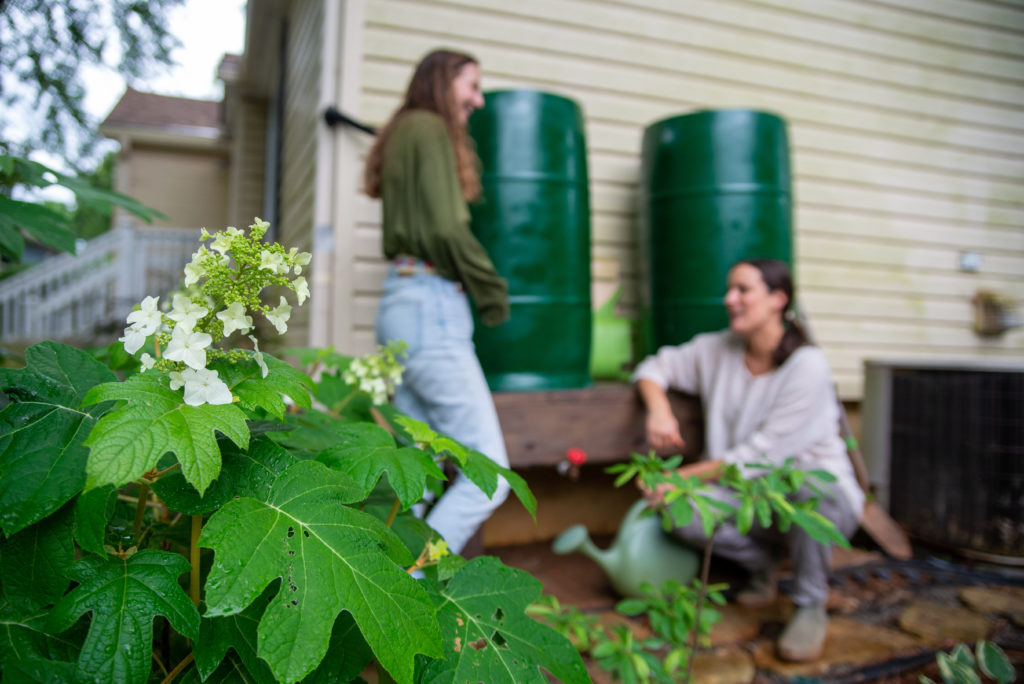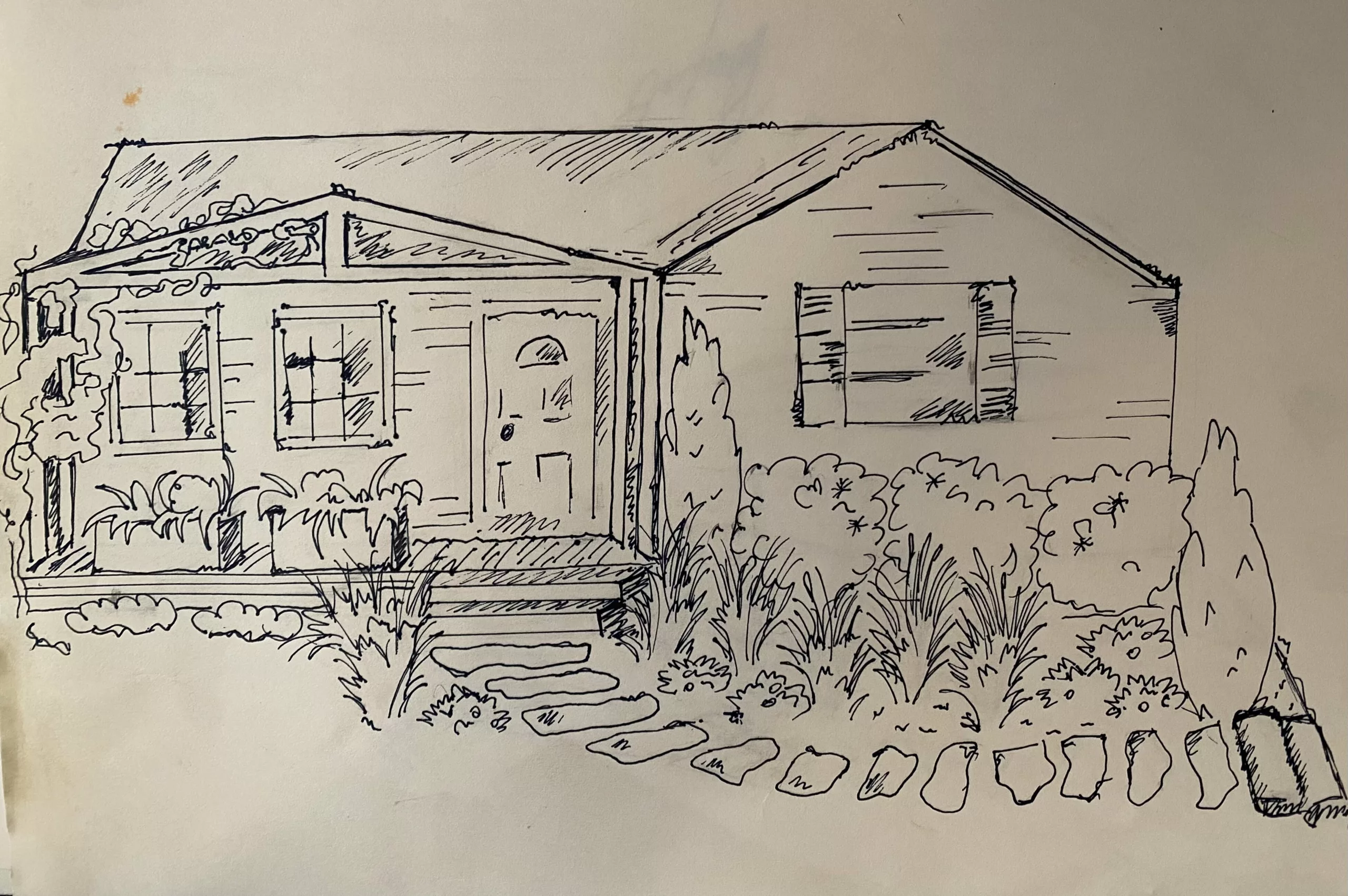Oh rain barrels – they are the glamorous new “it” girls of sustainable gardens. It can be elusive and mysterious to understand how they work. However, to collect a free resource that nourishes your garden and helps protect the planet is both priceless and enticing!
Today, let’s explore how to use rain barrels to water your garden, support your local watershed, and practice a more sustainable lifestyle.
Set-Up
Water is the giver of life, and unfortunately that makes water the perfect breeding ground for bacteria and disease (yuck). To prevent our rain barrels from becoming piles of “Ick” there are a few key things to do when setting up a water catchment system.
First, always clean your new barrel with at least a 3-10% bleach solution. Repeat this whenever you winterize your catchment system, and when it’s put to use again.
Second, make sure you filter your rainwater before it enters the barrel. At a minimum, you should have a mesh screen at the top of your barrel. Install leaf guards over your gutters, and/or an extra filtration system tacked into your downspout if possible.
Third, your rain barrel should not, under ANY circumstance, allow light to pass through it. We recommend buying an opaque barrel, painting it, covering it with plants, or a combination of all three. Light will cause algae blooms within your rain barrel. A gross and smelly mess will ensue, and no one wants that for you. Especially not your rain barrel.
Finally, create a plan for overflow. One inch of rainfall over a 1,000 square-foot roof will result in 600 gallons of water (and the average rain barrel holds 55 gallons)! Of course, all that water is not going to fall through a single downspout, however, it’s a good idea to make sure you have an overflow plan. We recommend using a second barrel here. Do not connect this to the downspout, only to the primary barrel. This way there’s a second barrel available to collect overflow.
How to use rain barrels: Placement
To successfully catch water, placement is key. Attach the rain barrels to an existing downspout, and they should never be left on the ground. It’s best practice to prop your rain barrel up, preferably on cement or concrete. Why? The height gives your water some added pressure when opening the tank to water plants or wash the car. Plus, a 55 gallon drum of water weighs over 458 pounds. That’s enough to cause serious compaction or foundation problems!
***
Well, there you have it. An incredibly brief crash course into the wonderful world of rain barrels. We hope you’ve learned something new, and perhaps even been inspired to take on a new project.
Do you already have a water catchment system at home? Are you planning to install one? We’d love to hear about it! Comment on this blog post via our Instagram or Facebook pages @barefootgardendesign Let us know how you’re using the power of sustainability to benefit you and your garden 🙂
**
Heads up! Redfin selected Barefoot Garden Design as a top garden decor and design expert. See
the Redfin article we were featured in: These Outdoor Garden Decor Ideas Don’t Moss Around |








